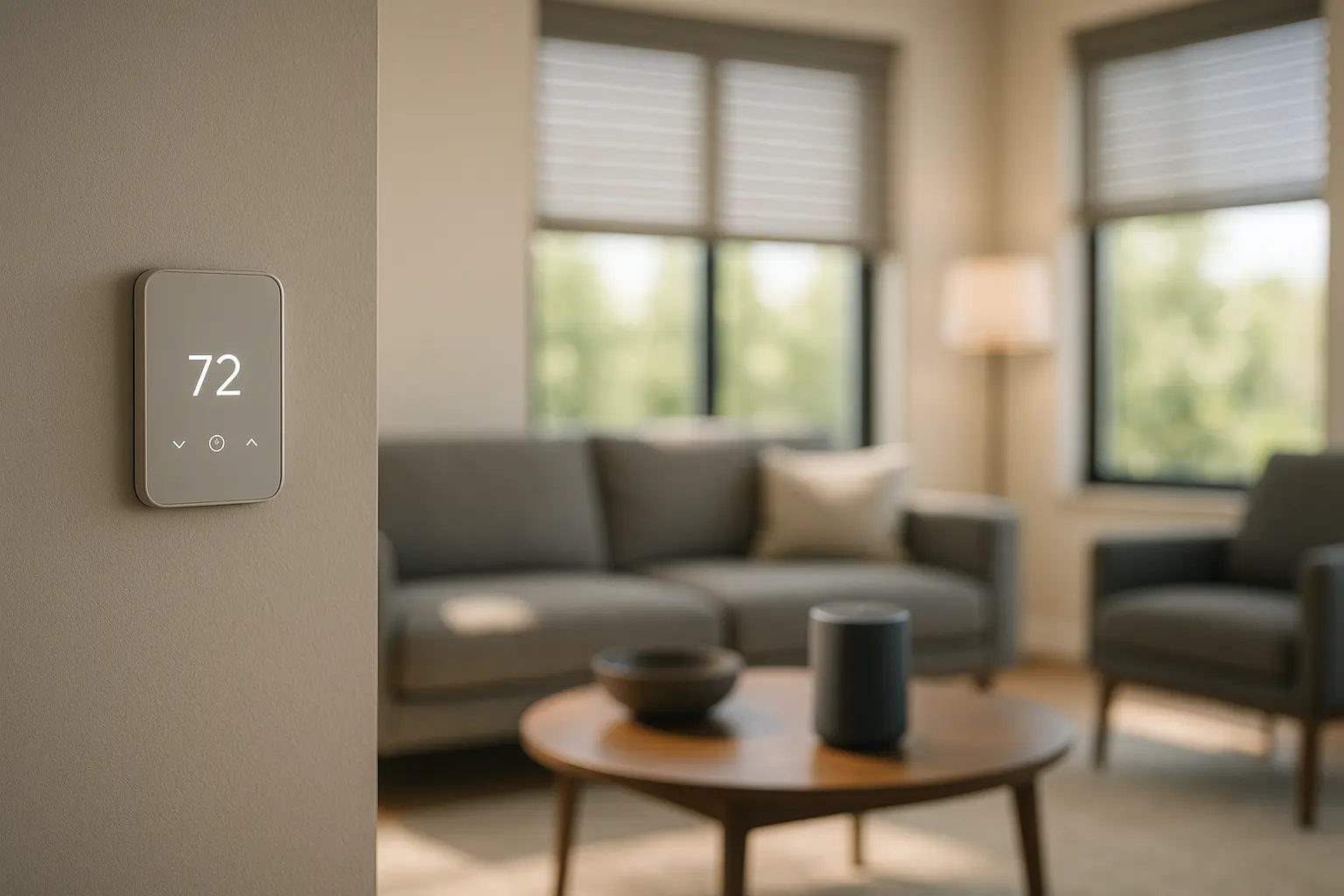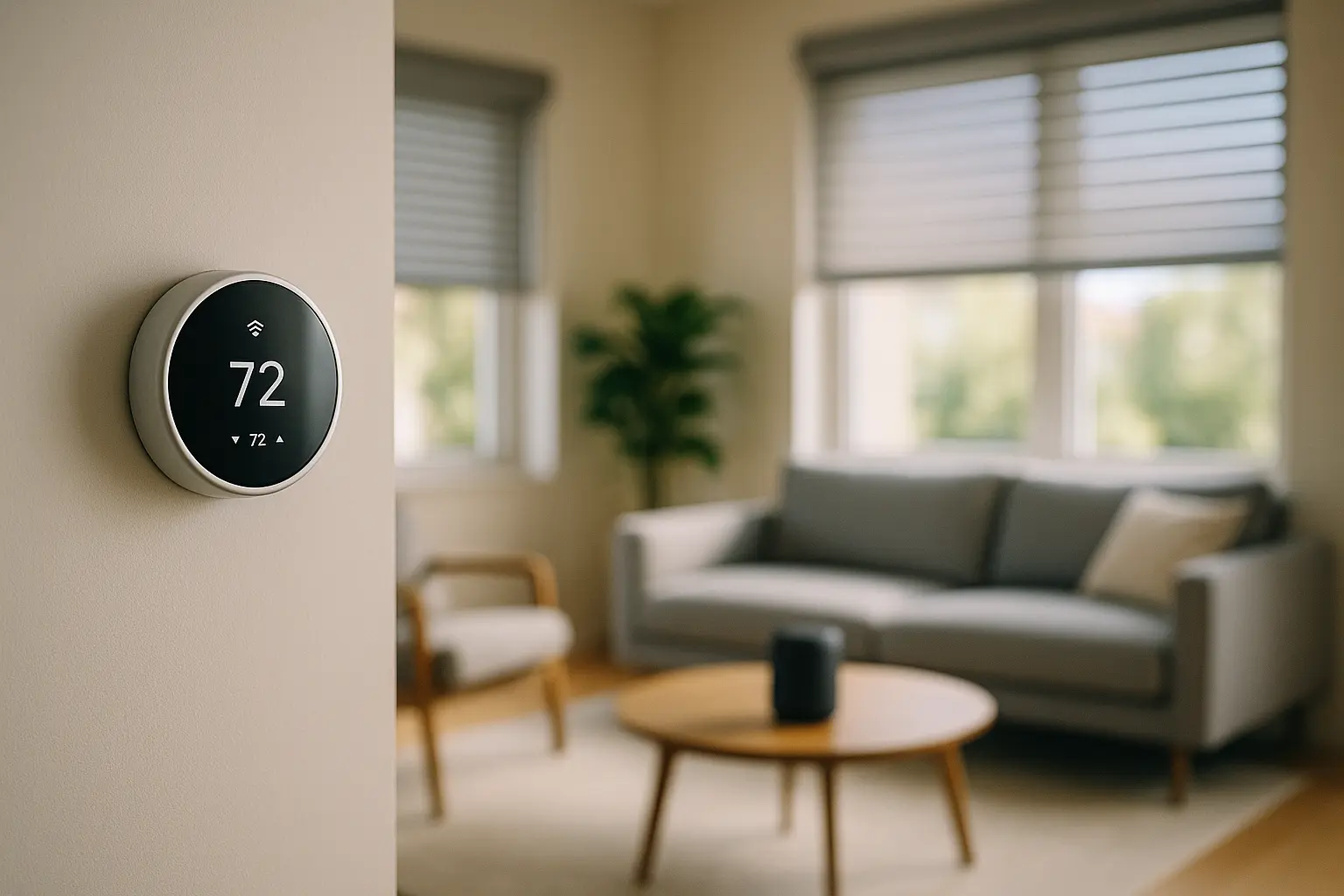In a world where technology has woven itself into the fabric of our daily lives, the concepts of building automation and smart homes stand at the forefront of this evolution. Yet, as similar as these terms might sound, they harbor distinct differences that can significantly impact our perception and utilization of technology in our spaces. Today, we’ll embark on a journey to unravel the nuances between these two technological realms. Let’s explore their intricacies, the devices they employ, and the solutions they offer.
Delving into Building Automation
Building automation refers to the centralized control of a building’s systems, such as lighting, heating, ventilation, and air conditioning (HVAC), as well as security and other integrated systems. These are typically found in commercial buildings and large complexes where efficient energy management is paramount. Unlike a smart home, where individual devices make our lives easier, building automation involves a more holistic approach to managing resources on a grand scale.
When we talk about building automation, we are delving into a world where technology seamlessly integrates with architecture to create a self-regulating environment. Sensors and data play crucial roles here, continuously feeding information to centralized systems that make informed decisions about the building’s operations. For instance, occupancy sensors might adjust lighting levels based on room usage, thus conserving energy while maintaining a comfortable atmosphere.
But, as we take a closer look, the true beauty of building automation lies in its potential for sustainable architecture. By optimizing the use of natural resources, we can reduce operational costs and our carbon footprint. This is a significant leap in energy efficiency, driven by technology.
Moreover, the scope of building automation extends beyond mere comfort and efficiency. Security systems are intertwined within this framework, leveraging powerful IoT solutions to monitor and protect our spaces. From access control to surveillance, the world of building automation ensures comprehensive security by keeping everything under one digital roof.
Exploring the Smart Home Experience
In contrast to building automation, the concept of a smart home feels more intimate, more personal. This realm revolves around enhancing our day-to-day lives through individual devices that we can control with ease, often from our smartphones. Think of thermostats that learn our preferences, lights that dim on command, or even refrigerators that notify us when we’re running low on milk.
At its core, a smart home is about personalization and convenience. We have the power to customize features to fit our unique lifestyles, harnessing the power of automation to simplify tasks. Whether it’s scheduling our home appliances or creating ambient moods with a tap, the allure of the smart home lies in its ability to make life effortless.
The smart home ecosystem thrives on connectivity. With the Internet of Things (IoT) at its backbone, a myriad of applications can be seamlessly integrated into our daily routines. This ecosystem allows us to intertwine our preferences, habits, and needs into a cohesive digital landscape. Over time, this environment becomes intuitive, learning from our behaviors and anticipating our needs, transforming our homes into places of comfort and efficiency.
Furthermore, security in a smart home is often personalized. We can set up bespoke alerts for movement, monitor our spaces remotely, and ensure that our home remains a safe haven. Through intelligent systems, we are empowered to protect our loved ones and possessions, all while maintaining peace of mind.

Convergence and Divergence: A Comparative Look
While building automation and smart homes cater to different scales, their convergence in certain aspects is evident. Both strive to harness technology to optimize systems and improve quality of life, albeit in various settings.
Building automation excels in managing large-scale operations. It focuses on regulating power consumption, optimizing resource use, and maintaining a balanced environment within commercial or industrial setups. This systematic approach ensures the whole building works cohesively, driven by data-backed decisions.
On the other hand, the smart home realm thrives on individual user experience. It emphasizes convenience and personalization for domestic environments. Here, technology is at the service of individuals, offering flexibility and control over our living spaces.
Despite these differences, there’s growing overlap. For instance, commercial complexes might incorporate smart home elements, allowing individual tenants or departments to adjust their environments within a larger automated system. Similarly, homes are beginning to adopt solutions initially designed for larger buildings, such as energy monitoring and security systems.
Yet, the divergence remains clear. While both harness technology for efficiency, building automation is about collective comfort, whereas smart homes are about individual convenience. Both represent the future of architecture and living, paving the way for a more connected, sustainable, and intelligent world.
In navigating the realms of building automation and smart homes, we find ourselves at the crossroads of tradition and innovation. These domains, while distinct, share a vision for a future driven by technology. They each promise a world where automation simplifies and enriches our lives, whether in vast commercial spaces or within the confines of our homes.
As we stand on the precipice of this exciting era, the potential for growth and innovation is boundless. We are given the tools to craft our digital utopia, tailoring our environments to meet the ever-evolving needs of modern life. With sustainability, security, and convenience at the forefront, the future is not just a vision; it is within our grasp.
As we continue to integrate these advancements into our lives, we can look forward to a landscape where the line between building automation and smart homes blurs, creating spaces that are more than structures—they become extensions of ourselves, intelligent partners in our daily existence.
FAQ
What is the primary distinction between building automation and smart home technology?
Building automation typically refers to the centralized control of a building’s systems such as HVAC, lighting, and security in commercial or large residential buildings. In contrast, smart home technology usually pertains to individual devices and systems within a residential setting that can be controlled via apps or voice commands.
Are the technologies used in building automation and smart homes compatible with each other?
While both systems can share similar technologies like sensors and network connectivity, they often operate on different scales and protocols. Building automation systems are designed for larger infrastructures and may not always seamlessly integrate with consumer-focused smart home devices.
How does the complexity of building automation systems compare to that of smart home setups?
Building automation systems are generally more complex due to the need to manage multiple, often interdependent systems across large facilities. Smart home setups, on the other hand, tend to focus on user-friendly interfaces for individual device control, making them simpler for personal use.
Can smart home devices be incorporated into a building automation system?
Yes, it is possible to integrate smart home devices into a building automation system, especially if the system supports open protocols. However, this may require additional programming or hardware to ensure compatibility and efficient operation.
Is there a cost difference between implementing building automation and smart home solutions?
Building automation systems usually involve higher initial costs due to the scale and complexity of the infrastructure. Smart home solutions, while potentially expensive depending on the number of devices, typically offer more affordable entry points for individual users.



